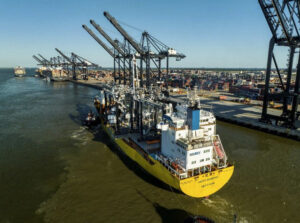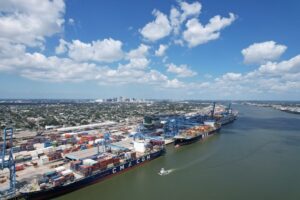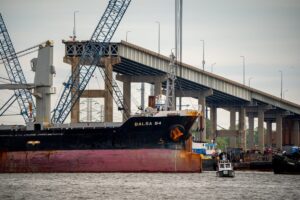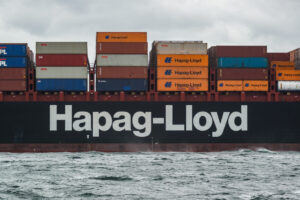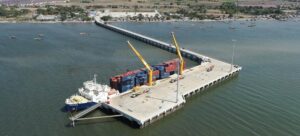In the latest Container Insight Report released by Drewry, the consultants have said that the Suez Canal expansion has moved out of the limelight, as more attention is being paid to the US$5 billion widening of the Panama Canal for early 2016.
The $8.5 billion project was originally scheduled to take three years but was instead completed inside one year, with the official opening ceremony taking place on Thursday August 6 in front of thousands of dignitaries from around the world.
The Suez Canal Authority (SCA) estimates that 8% of the world’s maritime traffic passes through its canal and believes that more will come now that a second passage has been added and expects that the canal will help to nearly double the average number of vessels transiting per day from 49 to 97 and more than double the revenue to $13.2 billion within 10 years.
Drewry believes that the SCA’s projections are not cargo sector specific and appear to be based on assumed increased vessel transits, calculated by all types of ship times the number of vessel tolls.
Measured in numbers of ships, Drewry says that containerships constitute around 36% of all the vessels transiting the canal, while the share swells to approximately 55% when measured by the net tonnage that is the basis for the toll charges. Therefore, the speed of growth on those container trades that are linked by the canal will have a large bearing on tonnage and revenue.
The number of containerships sailing through the Suez Canal has barely changed in the past three years – the 2014 sum of 6,129 ships is some 2,000 down on the 2008 peak – because carriers have preferred to invest in larger ships, meaning that more cargo is consolidated into fewer ships and services.
This is especially true for the Asia-Europe trades (which accounts for approximately two-thirds of all Suez Canal traffic in TEU) where the average size of ship for North European loops has grown by around 25% in two years at the same time as the number of weekly services has reduced from 24 to 21.
Drewry argue that the consolidation of Asia-Europe container services between four mega-alliances goes some way to explaining why the Suez Canal’s daily ship transiting average has dropped from a peak of 58 ships per day in 2008 to 47 ships last year.
Since 2010 the yearly growth of laden TEU through the Suez Canal has been 4.3%, while Asia-Europe (both North Europe and Med) two-way traffic has been even lower at 3.3%.
Again, while Suez can expect to boost its coverage of the US market, as much will depend on the macro events that will drive trade growth as its ability to compete with Panama. Either way, Drewry does not believe any volume gains will be sufficiently large to compensate for weaker growth in the core Asia-Europe markets.
The Drewry View: The expanded Suez Canal will shorten ship transits and reduce transit delays, which is very important given that containerships on the East-West routes – the main users of the Suez Canal – are now bigger and more expensive to operate.
However, given prospect of much slower growth in international trade following the end of the China export boom of the last 15 years and given changes in energy policy away from oil, the Egyptian Government should not expect the additional capacity of the canal to fill up quickly. It must be a long-term game.

